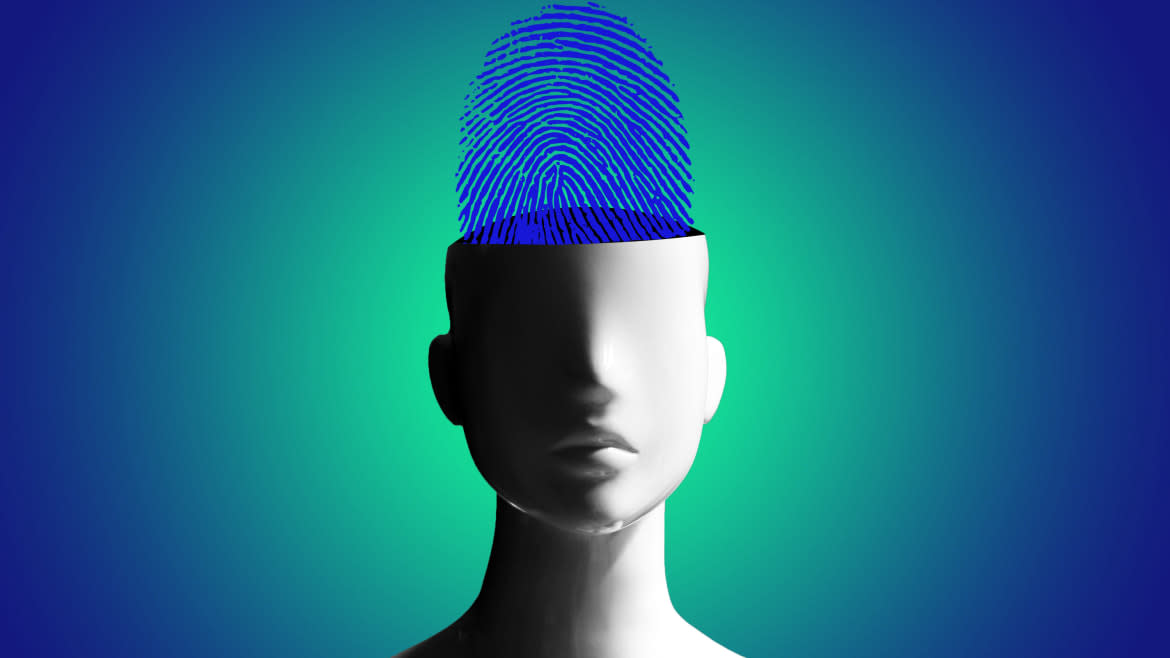Brain ‘Fingerprints’ Could Unlock Alzheimer’s Early Warning System

Every human brain is made up of seemingly countless connections that come together as a type of biological map of the mind. Scientists call this map the “connectome.” Enrico Amico, a neuroscientist with the Swiss Federal Institute of Technology Lausanne in Switzerland, told The Daily Beast he likens it to a fingerprint, because no two connectomes are alike.
But unlike real fingerprints, the ones associated with brain connectomes aren’t completely static—they change and fluctuate over time. That’s the big insight according to new findings published Friday in Science Advances. And it may help scientists better understand what parts of the brain are likely to form and behave differently between people. In the future, connectome fingerprints might even help us get an early warning for neurodegenerative diseases like Alzheimer’s and Parkinson’s.
It’s only recently that scientists are even able to map out and measure the connectome itself, thanks to some innovative methods in studying MRI scans. “There is a ‘fingerprint’ in these numbers, that allows us to identify my brain from yours,” explained Amico.
A 50-Year-Old Drug Might Find a New Life Treating Alzheimer’s
Previous researchers found that if they took MRI scans of individuals separated over several days, they could use the first scan to identify whose brain activity they were looking at in the second scan, even when there was no other identifiable information attached. And they could do this with about 95 percent accuracy. Basically, it confirmed the existence of a connectome fingerprint—a measurable facet of the connectome that could uniquely identify who someone was.
“This incredible finding raised a lot of questions in my head,” said Amico. “When do brain fingerprints actually start to appear? Is it after just five seconds, 10 seconds? Longer? And what if fingerprints of different brain areas appeared at different moments in time? Nobody knew the answer.”
In this latest study, Amico and his colleagues found some answers. During the investigation, they ran shorter and shorter MRI scans of people’s brains, and found that an MRI scan has to run for about 1 minute 40 seconds before the brain fingerprint can be identified, thanks to short-term “bursts” in brain activity that are associated with identifiable neuronal activity.
Even more interesting, the team learned that different parts of the brain contribute to that fingerprint at different times. In areas associated with more primitive functions—like the subcortex, which governs sensory areas—the signs of the brain fingerprint show up faster. As time goes on, regions that handle higher-order cognition like the frontal cortex start to reveal more of that fingerprint information.
The team believes that the features of the fingerprint erode when neurological diseases like Alzheimer’s progress, because some connections in the brain’s wiring start to fail. Amico is hopeful that the more we understand how the brain fingerprint works and what it looks like, the more we can apply those lessons to MRI scanning that could detect even very early signs of Alzheimer’s and other neurodegenerative diseases.
“The quest for brain fingerprints has just started, and its potential is limitless,” said Amico. “This is just one small step towards understanding what and when makes our brain unique.”
Got a tip? Send it to The Daily Beast here
Get our top stories in your inbox every day. Sign up now!
Daily Beast Membership: Beast Inside goes deeper on the stories that matter to you. Learn more.
